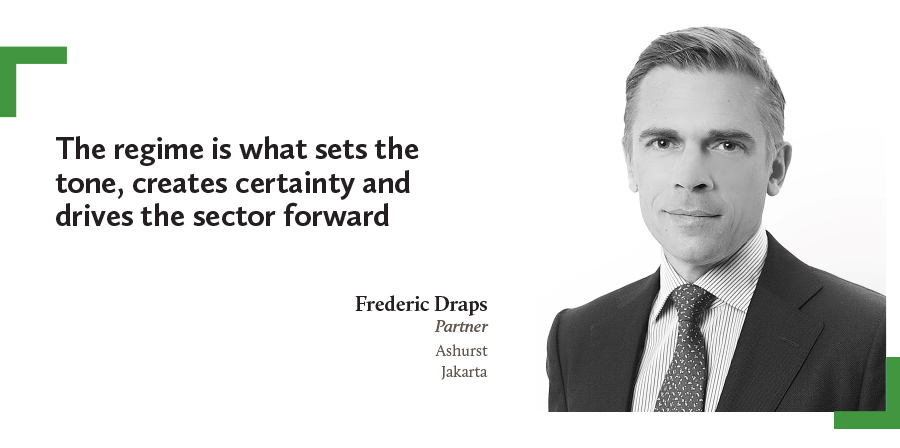Renewable energy projects have blossomed across Asia. What has led to the recent boom? Vandana Chatlani reports
In the past several months, green energy projects have picked up pace dramatically across Asia. In July, Thailand-based energy company Global Power Synergy purchased a 25% stake in Taiwan’s 595MW Changfang and Xidao offshore wind farm from Danish fund management company Copenhagen Infrastructure Partners; and Bangkok-based Global Renewable Synergy Company acquired shares in Indian solar power company Avaada Energy.
In August, Abu Dhabi Future Energy Company and Pembangkitan Jawa Bali Investasi (a subsidiary of Indonesian national electricity utility PLN) financed a 145MW floating solar photovoltaic power project on the Cirata Reservoir in Indonesia – the largest photovoltaic installation in Southeast Asia.
These deals are a snapshot of the high level of activity in the renewables sector that has been keeping law firms busy. “Despite economic and other headwinds resulting from the covid-19 pandemic, investment in renewable energy in the Asia-Pacific has been remarkably resilient in the past 12 months,” says James McLaren, a Hong Kong-based energy and infrastructure partner at Linklaters.
“In fact, the pace of development and investment continues to outstrip other parts of the world, supported by rising populations, robust economic growth and the greenfield nature of the renewables market in the region, and underpinned by some relatively attractive government support initiatives.”
According to the Regional Energy Trends Report 2020 by the UN’s Economic and Social Commission for Asia and the Pacific (Escap) and the Asean Centre for Energy (ACE), energy demand in the Asean region will nearly triple by 2040, increasing to 922 metric tonnes compared to 375 metric tonnes in 2017. Much of this will be driven by urbanisation, industrialisation and economic development.
Both the Escap and ACE point out that while Asean policymakers have relied primarily on conventional sources of energy such as coal and natural gas in the past, the region is seeing a push for increased hydropower capacity, which continues to make up the largest share of installed renewable capacity (see graph below). The energy mix is now diversifying further, with solar and wind resources being used to generate power as the pace of hydropower installations slows down.
“When we first started handling energy projects in Asia a decade ago, hydro projects using river resources were an obvious way of capitalising on renewable energy and monetising it,” explains Jean-Louis Neves Mandelli, a partner in the project development and finance practice at Shearman & Sterling in Singapore.
You must be a
subscribersubscribersubscribersubscriber
to read this content, please
subscribesubscribesubscribesubscribe
today.
For group subscribers, please click here to access.
Interested in group subscription? Please contact us.



























